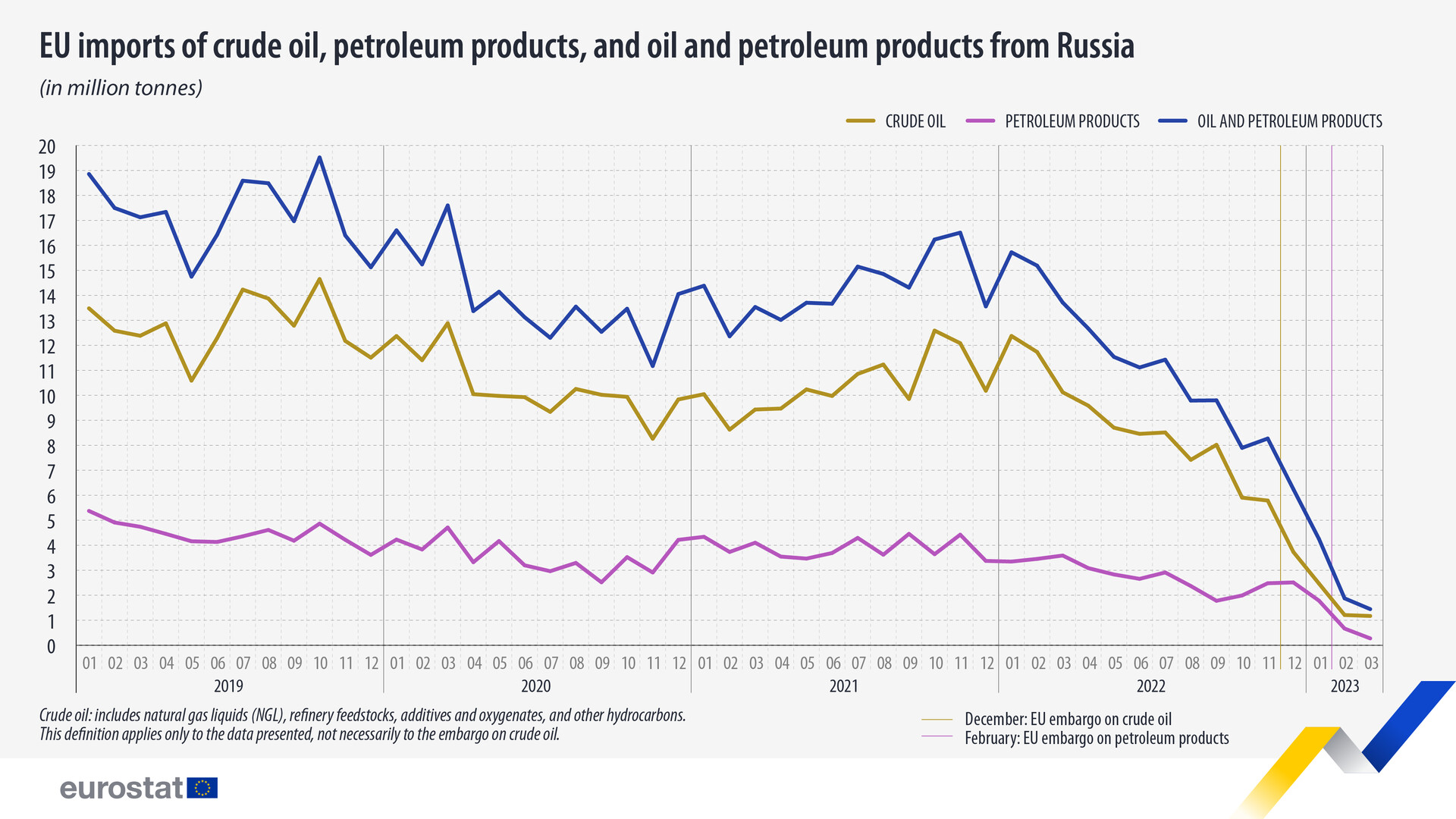3.5mm is an audio source, USB is a data source. Any headphone with a USB plug also has to convert digital to audio, something your phone already does. USB is not a replacement by any means.
No, the need is still present. Headphone jacks are pretty essential still, wireless tech is not a replacement.
Wait, how is this a hot take? We as taxpayers subsidize gas heavily. We know how bad internal combustion engines are for the environment. Our climate is causing catastrophic disasters at an increased scale and frequency. I think it's about time we begin to stop subsidising the oil & gas industry.
8,000 is the average annual total count, usually spread across ~3months (July, Aug, Sept). The 1,100 number quoted is currently burning today. As of August 17 the count (active and extinguished) so far this year was up to 5,765.
The size of fires is really the staggering figure with 13.75 million hectares (137,500 km² roughly the size of Arkansas or Greece) burned so far, while the average annual total burned area is usually only 2.1 million hectares.
1-5% of total range capacity per year on average
That's nowhere near how little degredation is actually seen in the data you yourself provided.
And you're cherry-picking the worst car in the study to highlight (Tesla Model S).
Care to explain? They're a massive environmental leap forward from ICE vehicles. Many places in Canada need transport just like personal vehicles, and transportation is a huge portion of Canada's GHG emissions. So how else would we reduce that portion of our environmental footprint?
There's multiple at Markville Mall, one is East Markham at the Scotiabank on HWY48, a set of them at the Hyundai Canada head office that are open to the public, and two Tesla supercharger sites in addition to the two you mentioned. That's just the DC Fast chargers, there's more than a few level 2 chargers at grocery stores, civic centres, and shopping malls.
Use this source: https://afdc.energy.gov/fuels/electricity_locations.html#/analyze?fuel=ELEC and filter it to DC Fast Chargers
And there's only 185 charging locations in Quebec (with 529 ports, which is NOT how they should be counted).
This is a bad analysis. Chargers per car is only one way to look at it. What about chargers per capita, chargers per road km, chargers person per land area, etc... oh? In all of those metrics Canadian provinces are leaders? You don't say.
https://public.tableau.com/views/EVFastChargingPlugStandards/RegionrankingsforDCChargers
I don't really know the area or charger quality, but there's a 50kW Ivy station in Geraldton, a total of 38km away from Longlac, Ont.
I assume it's merely that they import energy from neighbours.
Here's a map of who exported electricity in Europe in 2022, and who imported: https://www.powerengineeringint.com/wp-content/uploads/2023/03/EU-Interconnector-Map-H2-2022.jpg

At a glance these look ontario-specific, am I off-base? Never heard of TVO before.